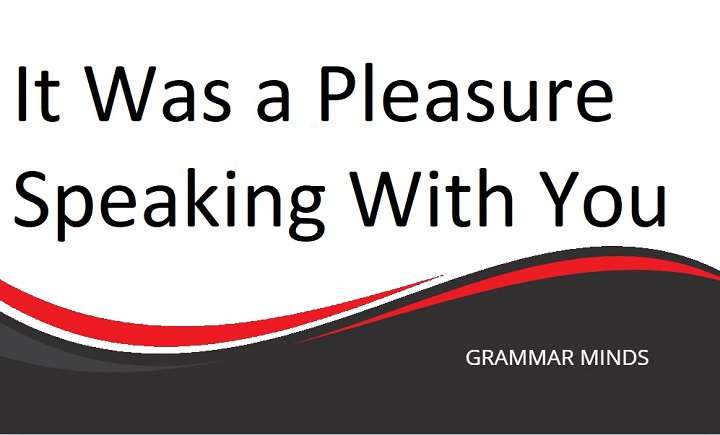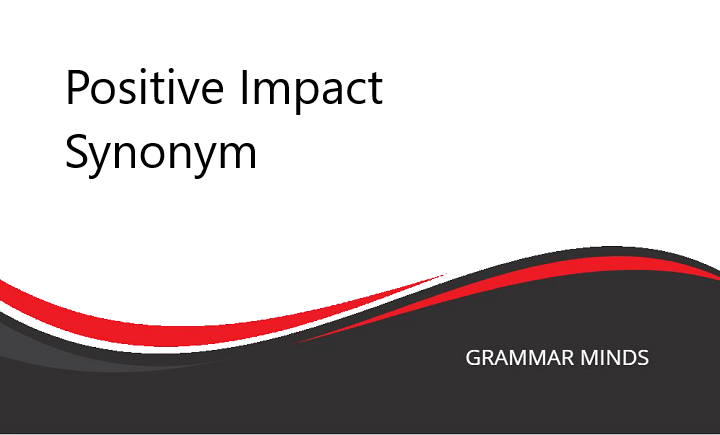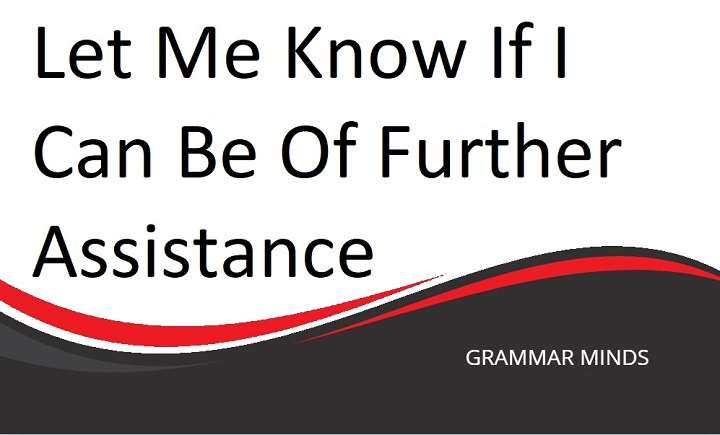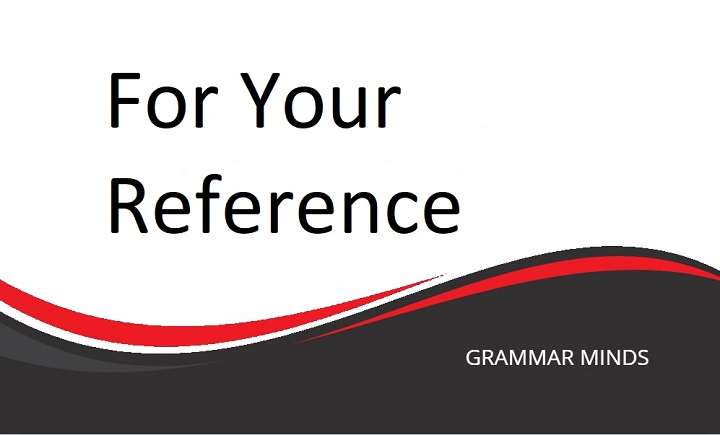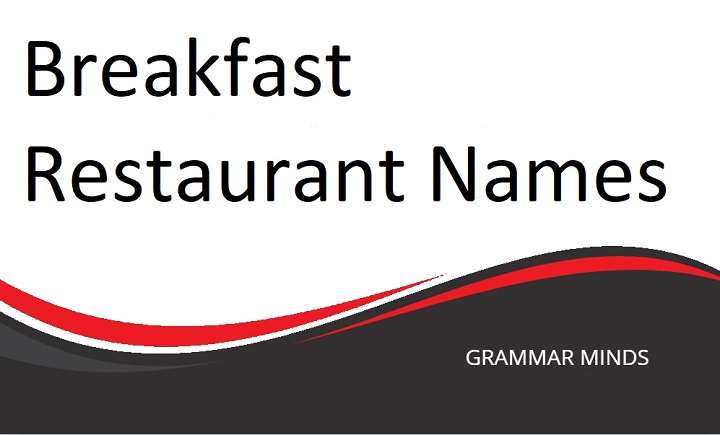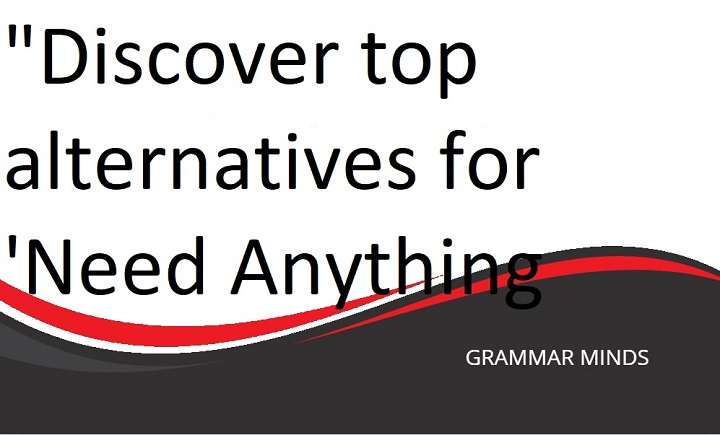Do you find yourself using the phrase “me too” repeatedly? Have you grown tired of this repetitive expression when communicating in your professional or personal life?
Don’t worry! We’ve compiled a handy list of alternative phrases that you can use to mix things up and sound more varied in your conversations.
“Me too” is a simple and commonly used expression, whether you’re agreeing with someone or showing empathy in a conversation. However, overusing the same phrase can sometimes make communication feel monotonous, especially in different contexts such as professional settings, casual chats, or even written correspondence. By expanding your vocabulary with a few useful synonyms, you can make your interactions more engaging and nuanced.
Other Ways to Say “Me Too”
Here are some alternative expressions for “me too” that you can use depending on the context of the conversation:
- I agree
- Same here
- Likewise
- So am I
- Count me in
- I feel the same way
- I’m on board
- I’m with you
- That goes for me as well
- I second that
Now, let’s explore each phrase in detail and learn when and how to use these alternatives to “me too.”
I Agree
Usage:
One of the most formal and widely accepted alternatives to “me too” is “I agree.” This phrase is a direct and clear way to express that you share someone’s opinion or feeling. It works well in both professional and personal settings, especially in formal discussions, meetings, or emails.
Example (in an email):
Dear [John],
Thank you for sharing your thoughts on the upcoming project. I’ve reviewed the plan and found your suggestions valuable.
I agree with your approach and believe it’s the best course of action.
Best regards,
[Your Name]
“I agree” is a straightforward expression, making it perfect for scenarios where clarity is essential, especially in formal communications.
Same Here
Usage:
If you’re looking for a casual, yet direct alternative to “me too,” “same here” is a great choice. It’s often used in informal conversations with friends, family, or coworkers you’re familiar with. It can be an easy way to show that you feel the same as the other person.
Example (in conversation):
Hey [Jake],
Thanks for recommending that movie. Same here, I really enjoyed it!
In this context, “same here” sounds friendly and relatable, making it a good choice for less formal exchanges.
Likewise
Usage:
“Likewise” is another versatile phrase that can be used in both formal and informal contexts. It’s a little more polished than “me too” but still casual enough for everyday use. “Likewise” means “in the same way” and can be used to reciprocate a statement.
Example (in a conversation):
Person 1: It was great seeing you at the event!
Person 2: Likewise, I had a wonderful time.
This phrase works particularly well when someone has expressed a sentiment, and you want to echo that sentiment back in a polite and sophisticated manner.
So Am I
Usage:
“So am I” is a quick and efficient way to express agreement, specifically when someone is talking about themselves. This phrase is mostly used in response to statements that describe someone’s feelings or current state. It’s a natural alternative to “me too” when the other person is describing something you also experience.
Example (in conversation):
Person 1: I’m really excited about the weekend!
Person 2: So am I!
This is a simple yet effective way to connect with someone by sharing similar emotions.
Count Me In
Usage:
“Count me in” is an excellent phrase when you want to express your willingness to participate in something. It’s less about agreement and more about joining someone in an activity, making it different from “me too” but very relevant in specific contexts. This is best suited for informal scenarios when you want to show enthusiasm or commitment.
Example (in conversation):
Person 1: We’re planning a trip this weekend, do you want to come?
Person 2: Count me in!
Here, the phrase communicates readiness and enthusiasm to be part of something.
I Feel the Same Way
Usage:
This is a great alternative for situations where you’re not just agreeing but also sharing similar emotions or sentiments. “I feel the same way” works well in both personal and professional settings, especially when empathy or emotional understanding is important.
Example (in conversation):
Person 1: I’m really frustrated with how things are going at work lately.
Person 2: I feel the same way, it’s been really challenging.
This phrase helps you connect on a deeper level by emphasizing emotional alignment.
I’m On Board
Usage:
When someone proposes a plan or idea, saying “I’m on board” is a more active way to express agreement. It shows that you not only agree but are also
Also Read
Excited to Join the Team: Expressing Your Enthusiasm in Professional Conversations
willing to support or participate. This phrase works especially well in team settings, making it perfect for work environments.
Example (in a meeting):
Team Lead: We’re thinking about implementing this new strategy next quarter.
You: I’m on board, let’s make it happen.
In this scenario, “I’m on board” expresses both agreement and commitment to take part in the proposed plan.
I’m With You
Usage:
This phrase conveys both agreement and solidarity. “I’m with you” can be used to show support, particularly in conversations where someone is expressing their opinion or feelings. It’s informal but effective in many contexts.
Example (in conversation):
Person 1: I think we should stick to our original plan for the event.
Person 2: I’m with you, that sounds like the best idea.
This phrase demonstrates that you’re aligned with someone’s thoughts or ideas.
That Goes for Me as Well
Usage:
This phrase is more formal and works well when you’re in a professional setting or a group conversation. “That goes for me as well” shows that you share the same view or sentiment without directly repeating what the other person said.
Example (in a business meeting):
Colleague: I believe we should move forward with this project next month.
You: That goes for me as well, it’s the right time to proceed.
This phrase provides a polished way to express agreement in a formal setting.
I Second That
Usage:
“I second that” is another formal alternative, especially popular in business meetings or group discussions. This phrase signifies that you fully agree with what has just been said and are ready to give it your support.
Example (in a meeting):
Person 1: I suggest we extend the deadline to accommodate everyone’s schedule.
You: I second that; it’s a practical solution.
This phrase shows approval and backing, making it a strong statement in decision-making scenarios.
Key Notes
The phrase “me too” is grammatically correct and suitable for both formal and informal situations. However, it can sometimes feel a bit basic, especially when used repeatedly. If you want to add more sophistication or variety to your conversations, using the alternatives provided can greatly enhance your communication.
- You can use “I agree” for formal situations, especially in emails or meetings.
- “Same here” is a great informal alternative to “me too” for casual conversations.
- “Likewise” can be used in both formal and informal settings for a more polished response.
Is It Correct to Say “Me Too”?
Yes! “Me too” is grammatically correct and suitable for both formal and informal settings. It’s a versatile phrase that can be used in professional emails, conversations with colleagues, or casual chats with friends.
That being said, using synonyms like the ones we’ve listed above will help you mix up your language and sound more varied in your communication.
You can also try slight variations of this phrase, such as:
- Me as well
- I’m in agreement
- Me also
To Sum Up
In conclusion, “me too” is a perfectly acceptable and grammatically correct phrase, whether you’re using it in a formal or informal setting. However, the alternative phrases provided in this article will help you diversify your vocabulary and communicate more effectively in different contexts. Whether you’re writing an email, chatting with friends, or speaking in a meeting, having these synonyms at your disposal will allow you to convey agreement or empathy in a more varied and impactful way.

